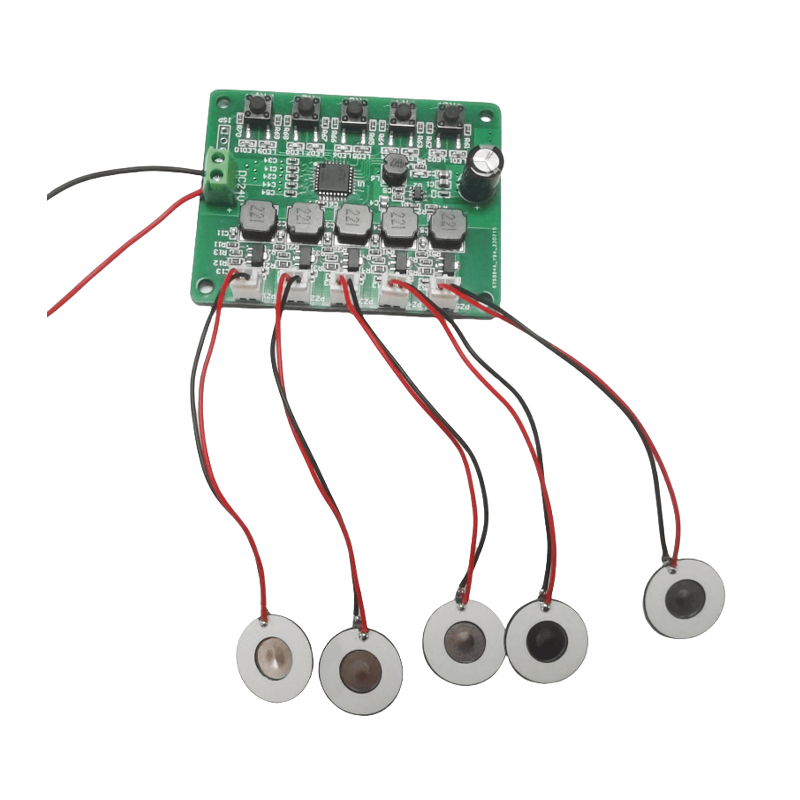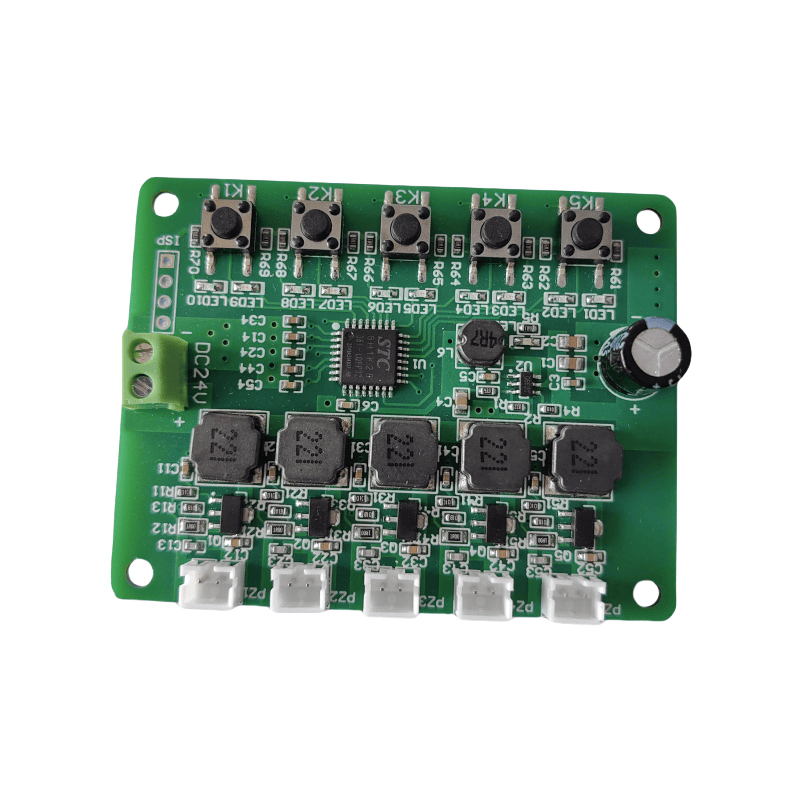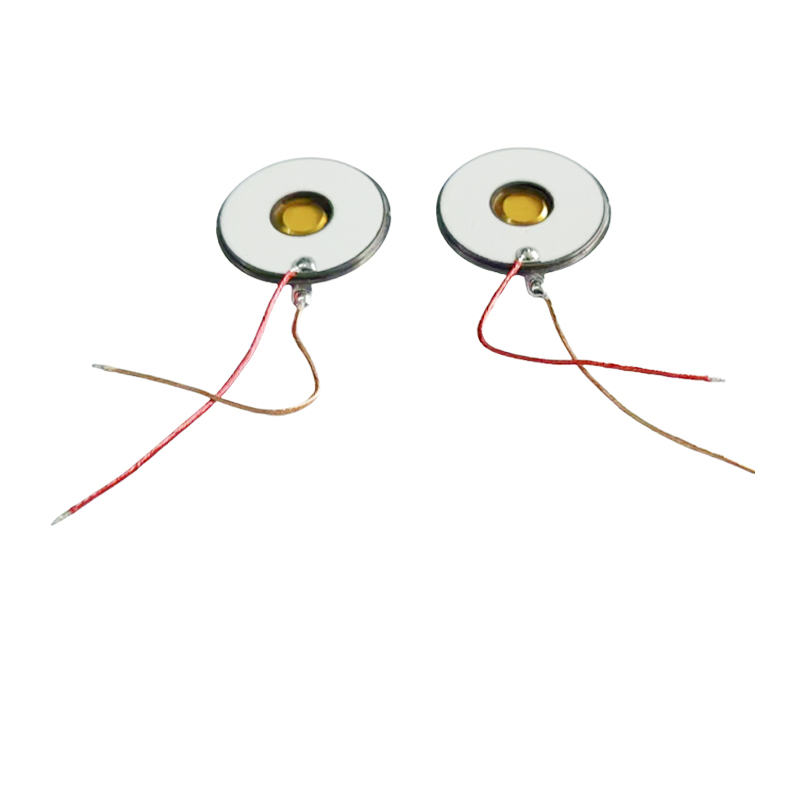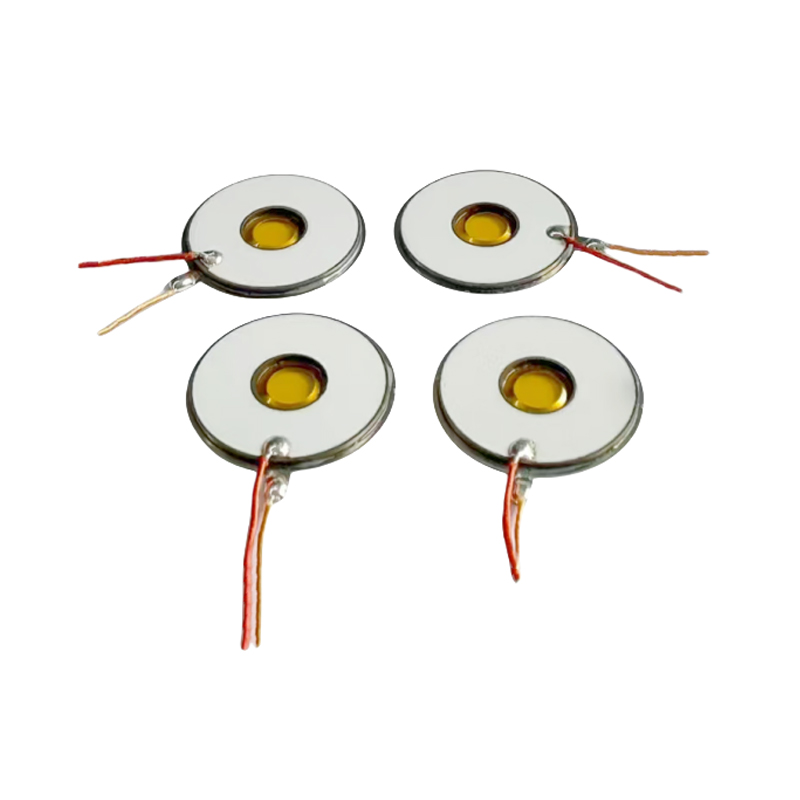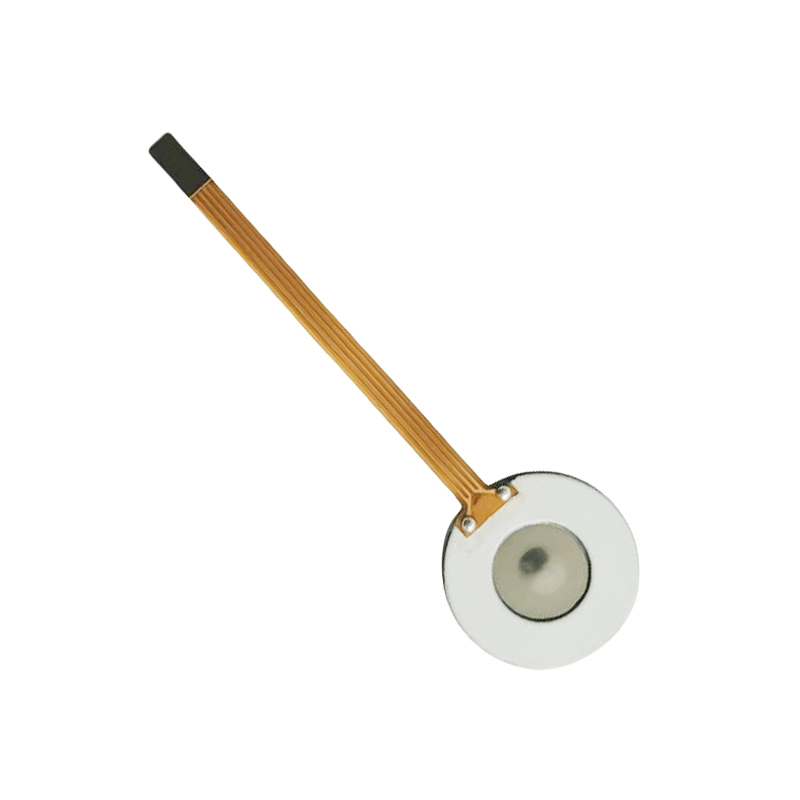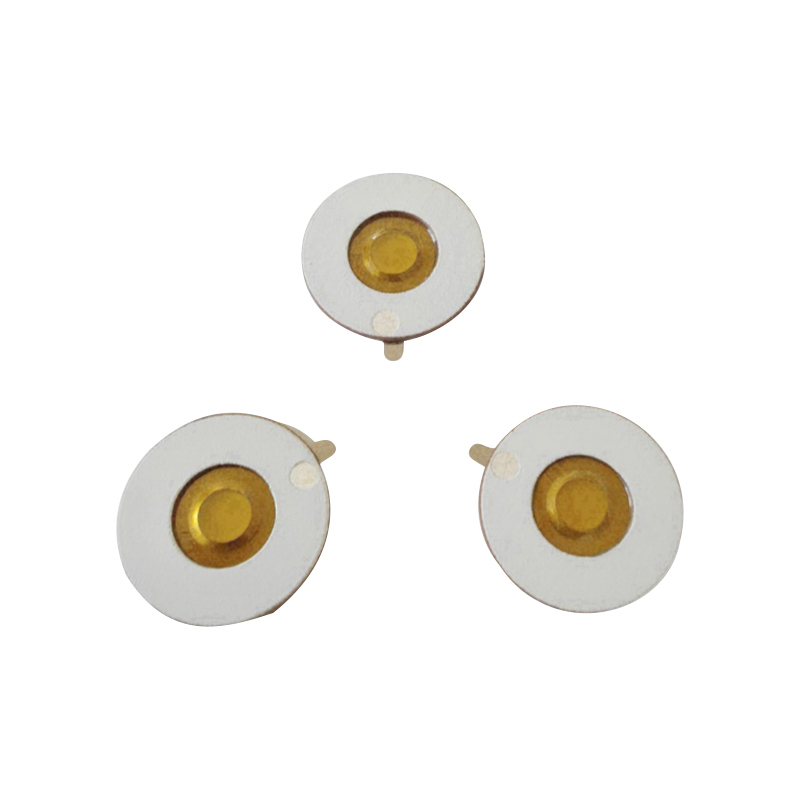Introduction
Respiratory health has become a central concern for millions worldwide, particularly for individuals managing chronic conditions such as asthma, chronic obstructive pulmonary disease (COPD), and other pulmonary disorders. In this context, nebulization therapy offers a targeted method to deliver medication directly to the lungs. Among the technological advances in this field, the mesh nebulizer chip has emerged as a pivotal component.
What is a Mesh Nebulizer Chip?
A mesh nebulizer chip is a fine, perforated membrane designed to transform liquid medication into an aerosol for inhalation. Unlike traditional jet or ultrasonic nebulizers, which rely on compressed air or high-frequency vibrations, mesh nebulizers use a precision-engineered mesh to create uniform droplets. This innovation enables more consistent particle sizes, enhancing the efficiency of medication delivery deep into the respiratory tract.
Key advantages include:
Quiet operation, suitable for home or clinical use
Efficient aerosolization with minimal medication waste
Compact design, enabling portable nebulization
How Mesh Nebulizer Chips Work
The core function of a mesh nebulizer chip lies in its precise pore structure. Liquid medication is forced through the micro-perforations of the mesh, breaking the solution into micron-sized droplets. The size of these droplets, typically ranging between 1 to 5 microns, is optimal for reaching the bronchioles and alveoli, which ensures effective drug deposition.
The process can be summarized in the table below:
| Step | Mechanism | Outcome |
|---|---|---|
| Liquid medication loaded | Medication placed in the reservoir | Ready for nebulization |
| Forced through mesh | Pressure or vibration pushes liquid through micro-holes | Formation of fine aerosol droplets |
| Aerosol inhalation | Patient inhales aerosol through mouthpiece or mask | Medication reaches lower respiratory tract |
| Deposition | Droplets settle on airway surfaces | Targeted therapeutic effect |
This precise mechanism allows for higher efficiency compared to conventional nebulizers, where larger droplets may deposit in the mouth or throat rather than the lungs.
Benefits of Mesh Nebulizer Chips for Health Outcomes
The adoption of mesh nebulizer chips provides several key benefits that directly contribute to improved patient outcomes:
Improved Medication Delivery
Uniform droplet size ensures that the correct dosage reaches the lungs, minimizing wastage and maximizing therapeutic effects.
Reduced Treatment Time
Mesh nebulizers generate aerosols quickly, enabling patients to complete treatments in a shorter time compared to traditional devices.
Quiet and Portable Design
Unlike jet nebulizers, mesh devices operate silently, facilitating use in home environments without disruption. Their compact size also allows patients to maintain mobility and convenience.
Compatibility with Various Medications
Mesh nebulizer chips can handle a wide range of solutions, including bronchodilators, corticosteroids, and combination therapies.
Enhanced Patient Compliance
Shorter treatment times, portability, and quiet operation contribute to greater adherence to prescribed therapies, ultimately improving overall health outcomes.
Comparison with Other Nebulizer Technologies
While jet and ultrasonic nebulizers have been widely used, the mesh nebulizer chip offers distinct advantages. A simplified comparison is shown below:
| Feature | Jet Nebulizer | Ultrasonic Nebulizer | Mesh Nebulizer Chip |
|---|---|---|---|
| Droplet Size Consistency | Moderate | Moderate | High |
| Treatment Time | Longer | Moderate | Shorter |
| Noise Level | High | Moderate | Low |
| Medication Wastage | Higher | Moderate | Minimal |
| Portability | Low | Moderate | High |
| Maintenance | Moderate | High | Low |
The table illustrates that mesh nebulizer chips deliver superior efficiency, precision, and patient convenience, supporting their growing adoption in modern respiratory care.
Design Considerations for Optimal Performance
Several factors influence the performance of mesh nebulizer chips:
-
Pore Size
The diameter and density of micro-holes directly affect droplet size and aerosol uniformity. Smaller, consistent pores produce fine aerosols suitable for deep lung delivery. -
Material Quality
Chips are typically made from stainless steel or advanced polymers resistant to chemical degradation and clogging. High-quality materials extend device lifespan and maintain consistent aerosol output. -
Vibration Frequency
The frequency at which the mesh vibrates influences droplet formation. Precise control ensures optimal aerosolization across different medication viscosities. -
Compatibility with Nebulizer Units
Proper integration between the chip and device electronics is crucial for uniform performance and patient safety.
Applications Across Healthcare Settings
Mesh nebulizer chips are versatile and applicable in multiple healthcare contexts:
Home Care: Enables patients to administer medication conveniently, supporting chronic disease management.
Clinical Settings: Provides rapid and efficient delivery in hospitals, emergency care, and outpatient clinics.
Pediatric and Geriatric Care: The quiet operation and reduced treatment time minimize distress in sensitive populations.
Maintenance and Longevity
Proper maintenance of mesh nebulizer chips is critical to ensure consistent performance:
Regular Cleaning: Rinsing the chip after each use prevents clogging and bacterial growth.
Disinfection: Periodic sterilization using compatible solutions maintains hygiene and safety.
Inspection and Replacement: Monitoring for wear or damage ensures optimal aerosol output.
The following table summarizes maintenance recommendations:
| Maintenance Task | Frequency | Purpose |
|---|---|---|
| Rinse with distilled water | After each use | Remove medication residue |
| Soak in mild disinfectant | Weekly | Prevent microbial growth |
| Visual inspection | Monthly | Detect wear or clogging |
| Chip replacement | As recommended by manufacturer | Ensure consistent performance |
Emerging Trends in Mesh Nebulizer Technology
Recent developments in mesh nebulizer chips focus on enhancing efficiency, portability, and usability:
Smart Nebulizers: Integration with digital monitoring for adherence tracking
Eco-friendly Materials: Using recyclable polymers to reduce environmental impact
Optimized Mesh Designs: Micro-fabrication for more uniform aerosol generation
Battery-efficient Operation: Prolonged use for portable devices
These trends indicate that mesh nebulizer chips will continue to play a central role in patient-centered respiratory care.
Conclusion
The mesh nebulizer chip represents a critical evolution in inhalation therapy, offering precise, efficient, and patient-friendly medication delivery. Its ability to produce consistent aerosol droplets, reduce treatment times, and support portable use significantly enhances patient adherence and overall respiratory health outcomes. By understanding the underlying science and proper maintenance practices, healthcare providers and patients can maximize the benefits of this technology.



 English
English 中文简体
中文简体
